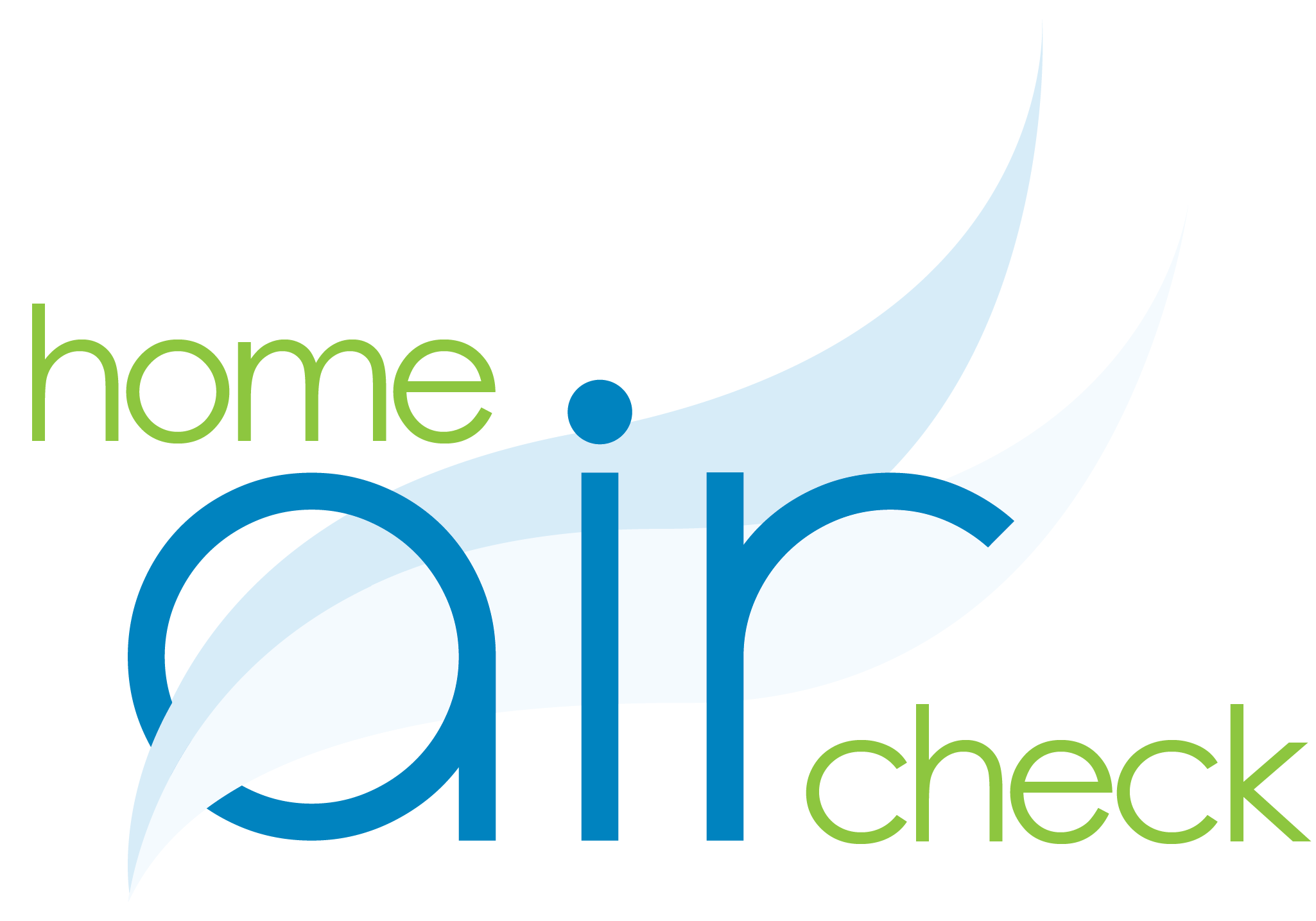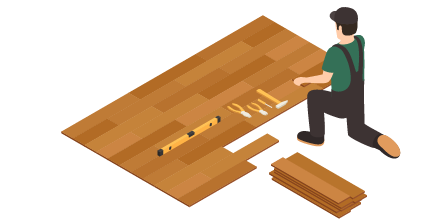Formaldehyde is a highly toxic, colorless, flammable, strong-smelling gas producing a pickle-like odor, not only found in mortuaries and laboratories, but also in everyday building materials and household products. Formaldehyde is volatile, meaning it will readily convert to a gas at room temperature from a liquid or solid state. This gas is then released into indoor air from numerous products in the home and from the home’s structure itself. Prolonged exposure to formaldehyde can cause adverse health effects, especially to those with chemical sensitivities, so reducing the level of formaldehyde is crucial. Below we will address where formaldehyde can be emitted from, how this off-gassing can affect health, and what we can do to reduce the level.

Formaldehyde is introduced into indoor air from building products, some personal care products, glues and adhesives, fireplaces, along with many other sources. If your home is new, or you’ve done recent remodeling such as laminate flooring or cabinets, there is a good chance you are being exposed to higher levels of formaldehyde as wood naturally emits this gas and it may have been added to products like adhesives and paints. Common sources of formaldehyde in a home or work setting can include but are not limited to:
-Composite wood products (i.e., hardwood plywood, particleboard, and medium density fiberboard.
-Softwood plywood, flake, or oriented strand board
-Pre-finished engineered flooring
-Building materials and insulation
-Glues and adhesives
-Paints and coatings
-Lacquers and finishes
-Disinfectant cleaning products
-Some cosmetics and personal care products
-Combustion byproduct such as tobacco smoke and fuel-burning appliances
www.whatsinproducts.com is a valuable tool for finding what products contain formaldehyde. When a compound is searched, a list of products containing said compound is listed and can be compared to products in our space. If you are unsure what might be contributing to an elevated formaldehyde level, this website can assist in narrowing down sources.
Now that we know how formaldehyde is introduced into indoor air, which health effects pose a concern? Formaldehyde is a known human carcinogen (cancer-causing substance) and prolonged exposure to low levels can cause adverse health effects. Symptomatic irritations can occur with low levels of formaldehyde exposure, especially in those who are chemically sensitive to the chemical compound. Short-term symptoms can include headaches; runny nose; nausea; irritation of the respiratory system; wheezing; and the exacerbation of asthma symptoms. Long-term exposure increases the risk of some types of cancer. Subsequent exposure can also cause allergic reactions of the skin, respiratory tract, and eyes.
Yikes! Now that we are aware of what formaldehyde is and what it can be emitted by, how do we reduce the level? There are numerous ways to help remove formaldehyde from indoor air: remove, contain, and dilute are the primary recommendations. Removing products from the home that contain formaldehyde such as paint cans will help to eliminate sources of formaldehyde continuously off-gassing into the indoor air. Contain: putting items such as nail polish, glues, and disinfectants into an airtight container when not in use helps to lessen the amount of formaldehyde continuously being introduced at low levels. Dilute: ventilation, air filtration, and air purification can greatly reduce the level of formaldehyde in indoor air. Opening windows/doors each day will allow the gas to be carried out and let fresh air in, doing this over time should show a reduction in formaldehyde. There are also in-room air purifiers with carbon filters that capture formaldehyde and ERV systems to assist with air exchange.
Visit https://www.homeaircheck.com/indoor-air-quality-testing/ to find a professional to assist with your formaldehyde testing needs.


